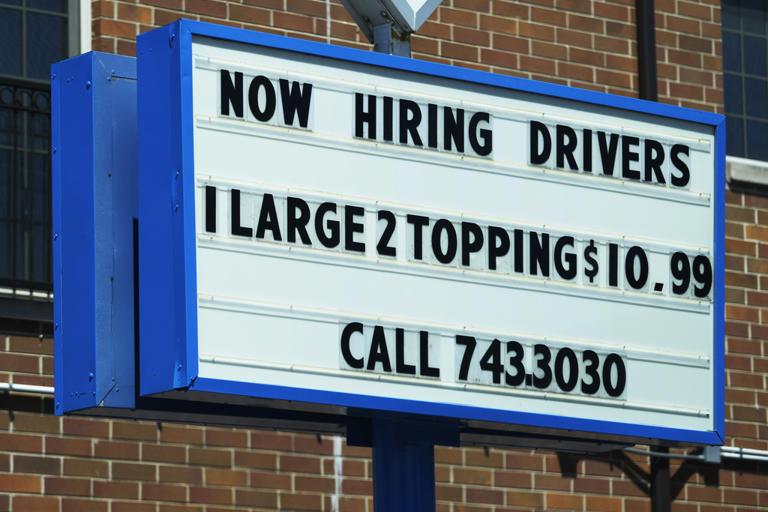U.S. Unemployment Claims Decline as Labor Market Shows Resilience Amid High Interest Rates
Fewer Americans filed for unemployment benefits last week, indicating a robust labor market despite the Federal Reserve’s aggressive interest rate hikes. The Labor Department reported on Thursday that jobless claims for the week ending July 6 fell by 17,000 to 222,000, down from 239,000 the previous week.
This marks a notable decline in unemployment claims, suggesting that layoffs remain relatively low. Additionally, the total number of Americans collecting unemployment benefits decreased for the first time in ten weeks. Approximately 1.85 million people were receiving jobless benefits for the week of June 29, a reduction of about 4,000 from the previous week.
Continuing Claims and Labor Market Trends
Economists have observed that the rise in continuing claims over recent months indicates that some individuals receiving unemployment benefits are experiencing more difficulty finding new employment. Despite this challenge, the labor market has shown considerable resilience. Weekly unemployment claims are often seen as a proxy for layoffs, providing insight into the health of the job market.
The four-week average of claims, which helps smooth out week-to-week volatility, fell by 5,250 to 233,500. This decrease further underscores the strength of the labor market, which has withstood the Federal Reserve’s efforts to curb inflation through a series of interest rate hikes.
Federal Reserve’s Interest Rate Strategy
Since March 2022, the Federal Reserve has raised its benchmark borrowing rate 11 times in an effort to quell the highest inflation levels seen in four decades. The intention behind these rate hikes was to cool the overheated labor market and slow wage growth, which can contribute to inflation. While many economists anticipated that these rapid rate increases would trigger a recession, this has not yet materialized, largely due to robust consumer demand and a resilient labor market.
Inflation has continued to ease, bringing the Fed closer to achieving a soft landing — reducing inflation without causing a recession and widespread layoffs. The Fed’s next policy meeting is scheduled for the end of the month, but few experts anticipate a rate cut at that time. However, there is a significant investor expectation, with nearly a 70% chance, that a rate reduction could occur at the Fed’s September meeting.
Labor Market Indicators
Despite the overall health of the labor market, recent government data indicate some emerging softness. Before the decline in claims last week, applications for jobless benefits were trending higher in June after generally staying below 220,000 earlier in the year. The unemployment rate edged up to 4.1% in June, even though employers added 206,000 jobs.
Job postings in May saw a slight increase to 8.1 million, but April’s figure was revised lower to 7.9 million, marking the first time job openings fell below 8 million since February 2021. This mixed data suggests that while the labor market remains strong, there are signs of potential cooling ahead.
Economic Outlook
The decline in jobless claims and the ongoing strength of the labor market are encouraging signs for the U.S. economy. The Federal Reserve’s efforts to manage inflation without triggering a recession appear to be on track, though the situation remains fluid. Continued monitoring of labor market trends and inflation data will be crucial in determining the Fed’s future policy decisions.
In conclusion, the U.S. labor market continues to show resilience in the face of high interest rates, with a significant decline in unemployment claims last week. The Federal Reserve’s strategy to control inflation while maintaining economic stability seems to be paying off, but future economic indicators will be critical in shaping the path forward.
